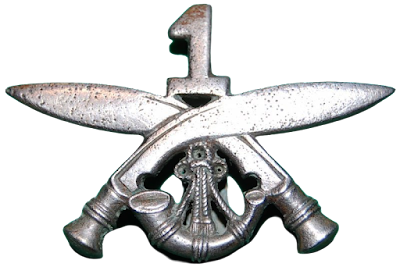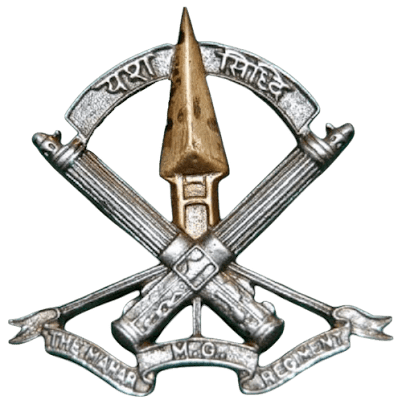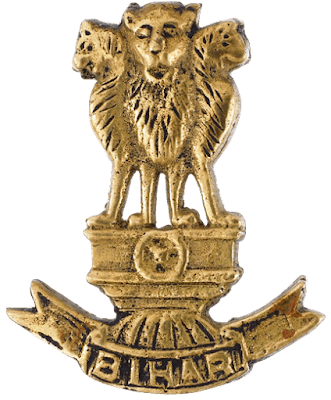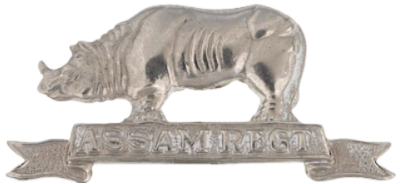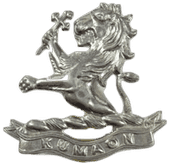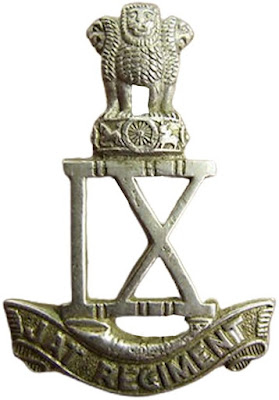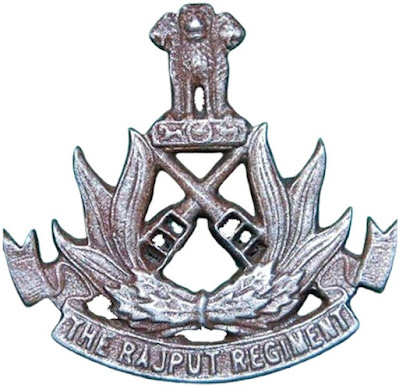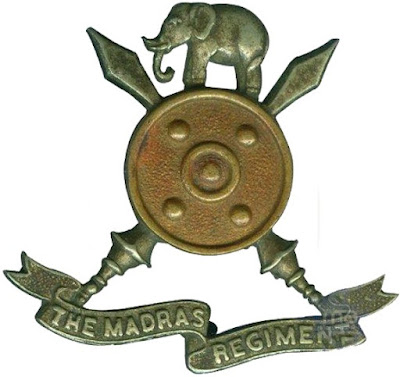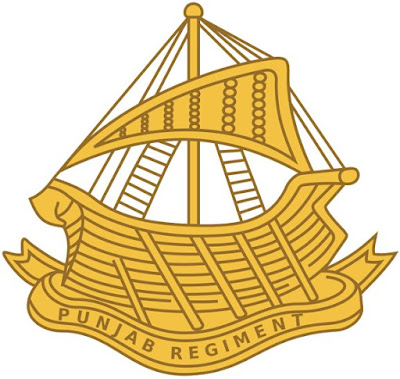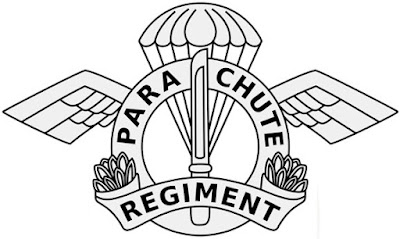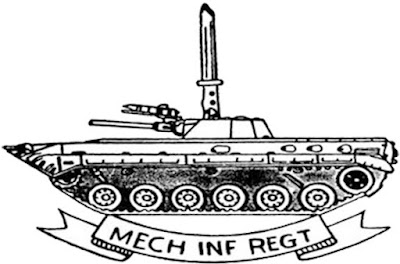RAJPUTANA RIFLES
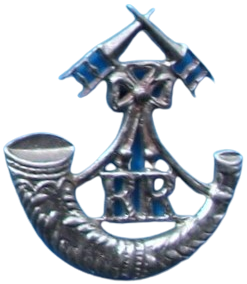
RAJPUTANA RIFLES The Rajputana Rifles is the senior most rifle regiment of the Indian Army. It was originally raised in 1921 as part of the British Indian Army, when six previously existing regiments were amalgamated together to form six battalions of the 6th Rajputana Rifles. In 1945 the numeral designation was dropped from the title and in 1947 the regiment was transferred to the newly independent Indian Army. Since independence, the regiment has been involved in a number of conflicts against Pakistan, as well as contributing to the Custodian Force (India) in Korea under the aegis of the United Nations in 1953-54 and to the UN Mission to the Congo in 1962. Its Regimental Centre is Delhi Cantonment and its regimental insignia is bugle and cords, all below a pair of crossed katars (Rajput daggers). Its Regimental motto is ‘Veer Bhogya Vasundhara’ (The Brave shall Inherit the Earth) and its war cry is ‘Raja Ram Chandra Ki Jai’ (Victory to Raja Ram Chandra) and Bol
